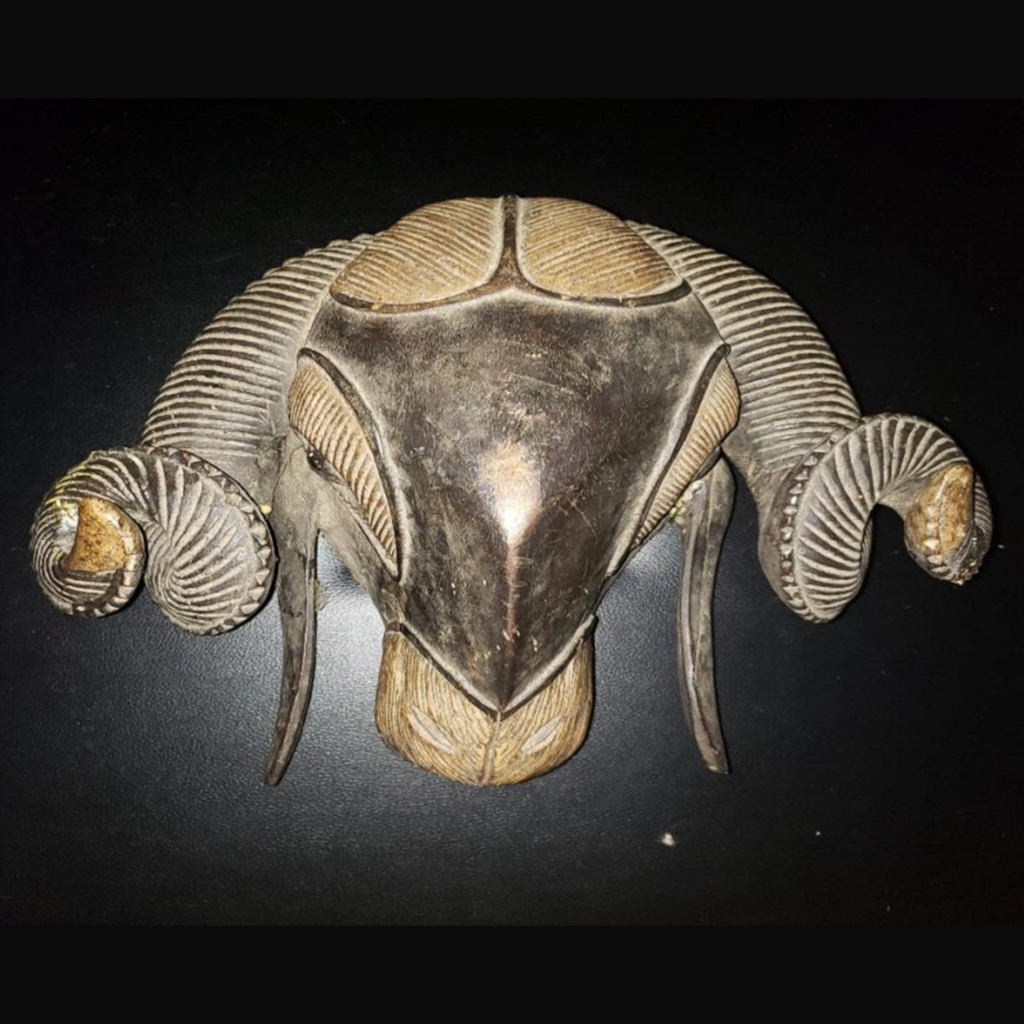

Welcome to the Kembullah Art Gallery, where each piece of art tells a story. Explore the rich cultural heritage of African tribes through intricate sculptures, vibrant masks, and captivating stories. As you journey through our gallery, immerse yourself in the history and traditions of each tribe. Listen to the accompanying audio narrations to deepen your understanding and appreciation of the artworks.
Discover the spiritual and artistic legacy that each piece represents, and let the voices of the past guide you through this unique cultural experience.
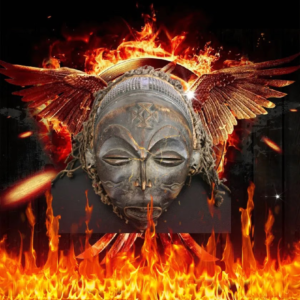
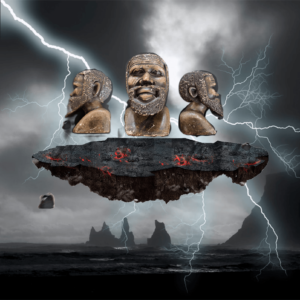
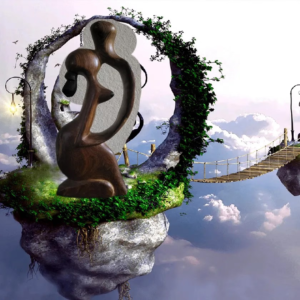
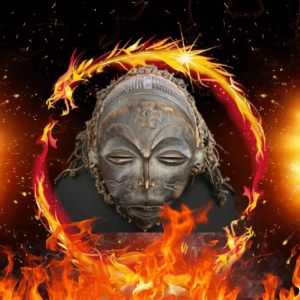
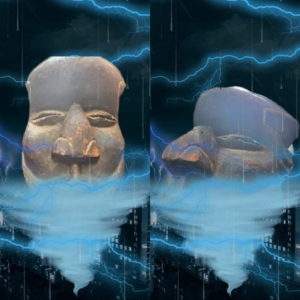

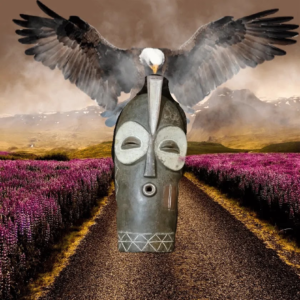

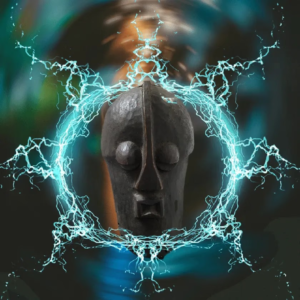
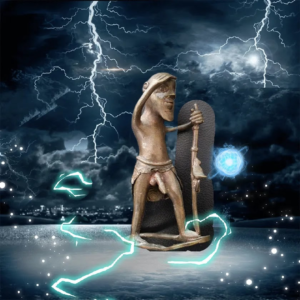
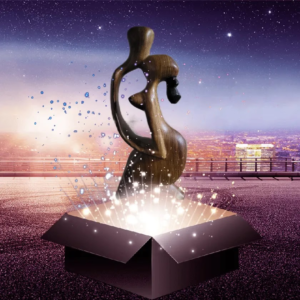
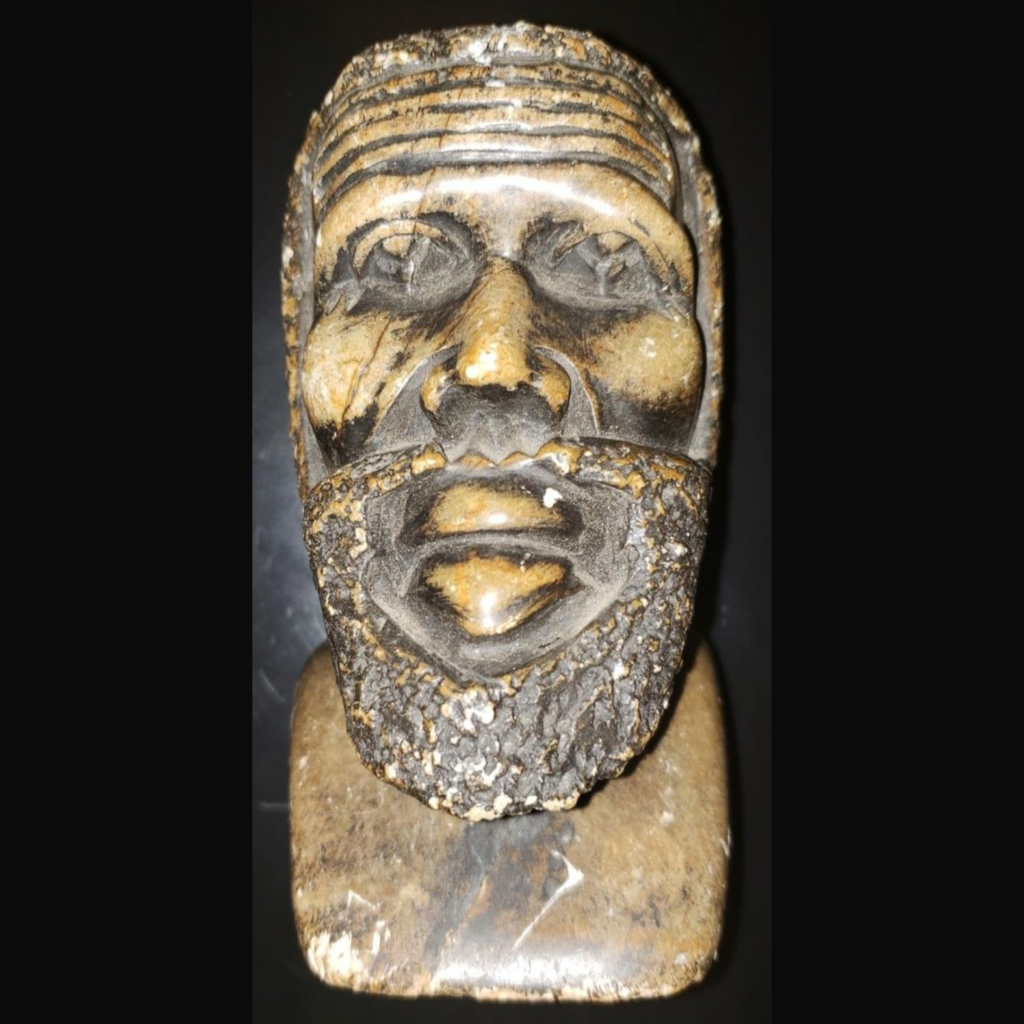
Origin: Shona tribe from Zimbabwe
General Info: Represents Shona ancestors.
The Ropoka stone reflects the Shona’s rich history of stone carving, originating from their ancestral worship practices. The Shona people, who built great stone cities over a thousand years ago, use these stones to connect with their ancestors, seeking guidance and blessings through intricate carvings.
Origin: Ba-Pende tribe from the Congo
General Info: Carved out of frake wood in the 1970s; represents the night bird, the Owl.
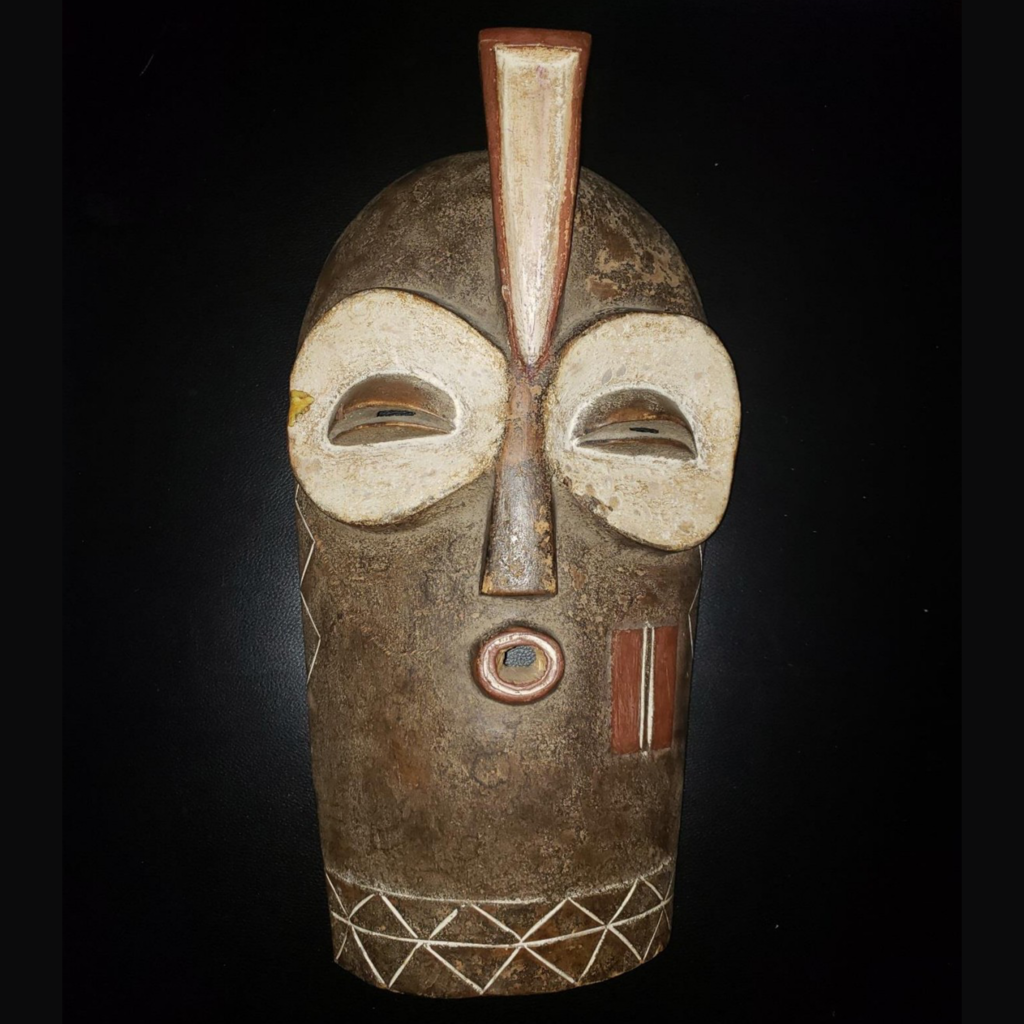

Origin: Fang tribe from Western Gabon
General Info: Used in healing and initiation ceremonies; made of rubber wood, masks from the 1950s-1960s.
Origin: Kuba tribe from the Congo
General Info: Used in royal ceremonies; made of Sambas wood; 1950s mask.
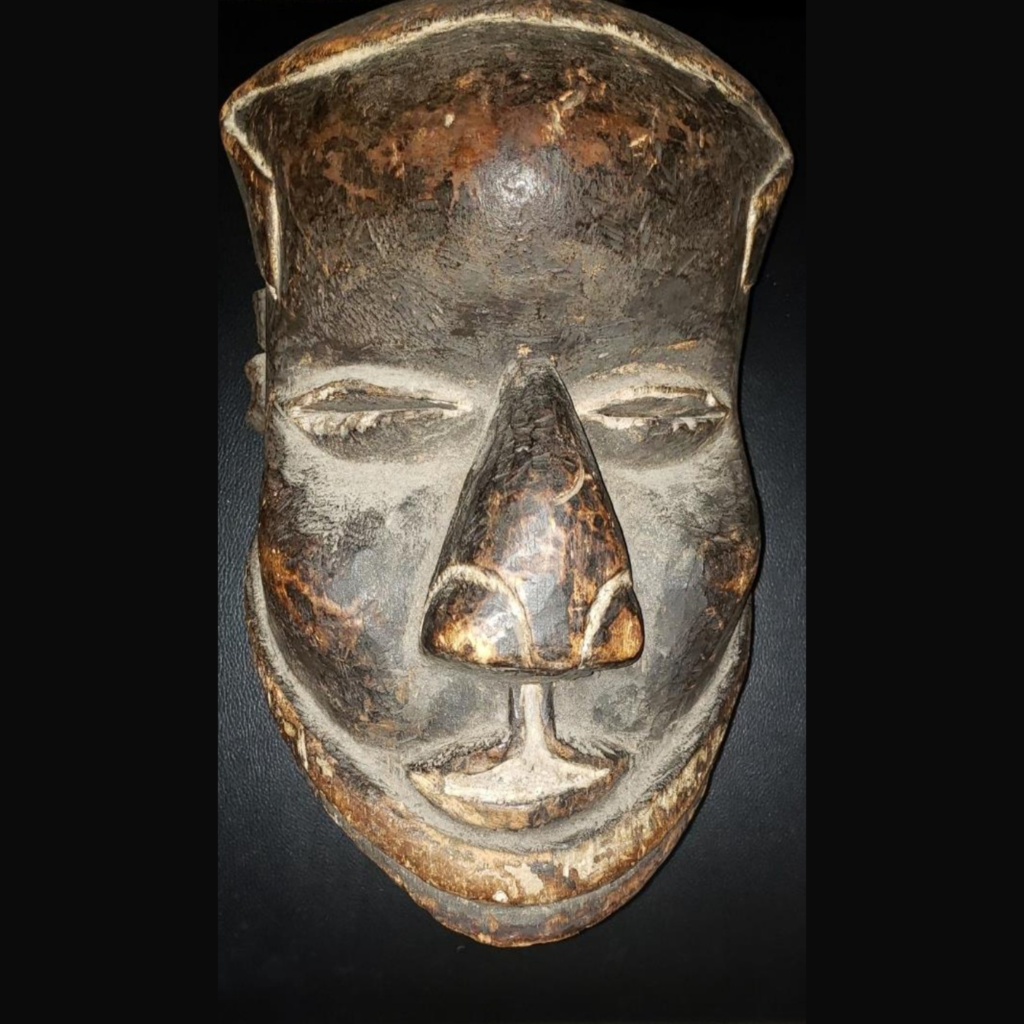
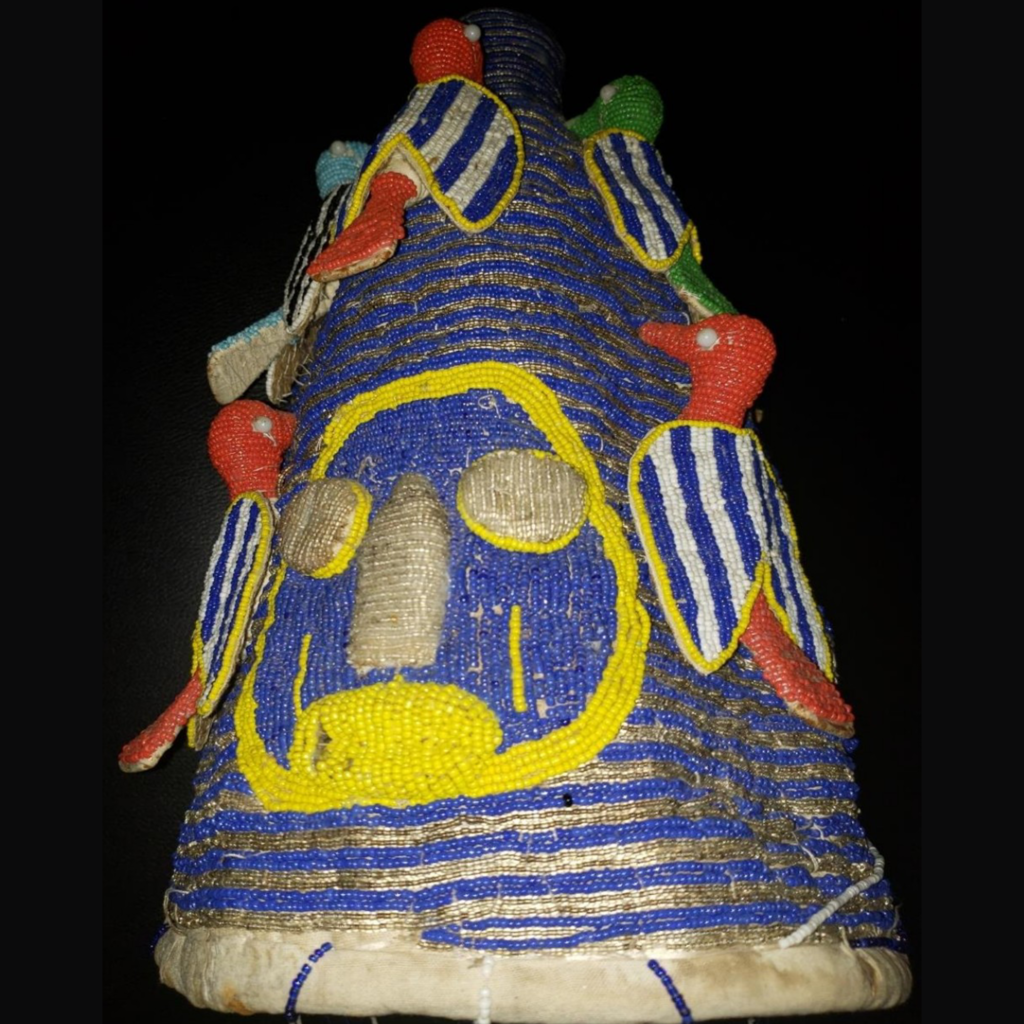
Origin: Yoruba tribe from Nigeria
General Info: Worn by King Oba in the Benin Kingdom; beaded work from the 1970s-1980s.
General Info: Represents a young mature lady queen; used in generation ceremonies; made of rubber wood.
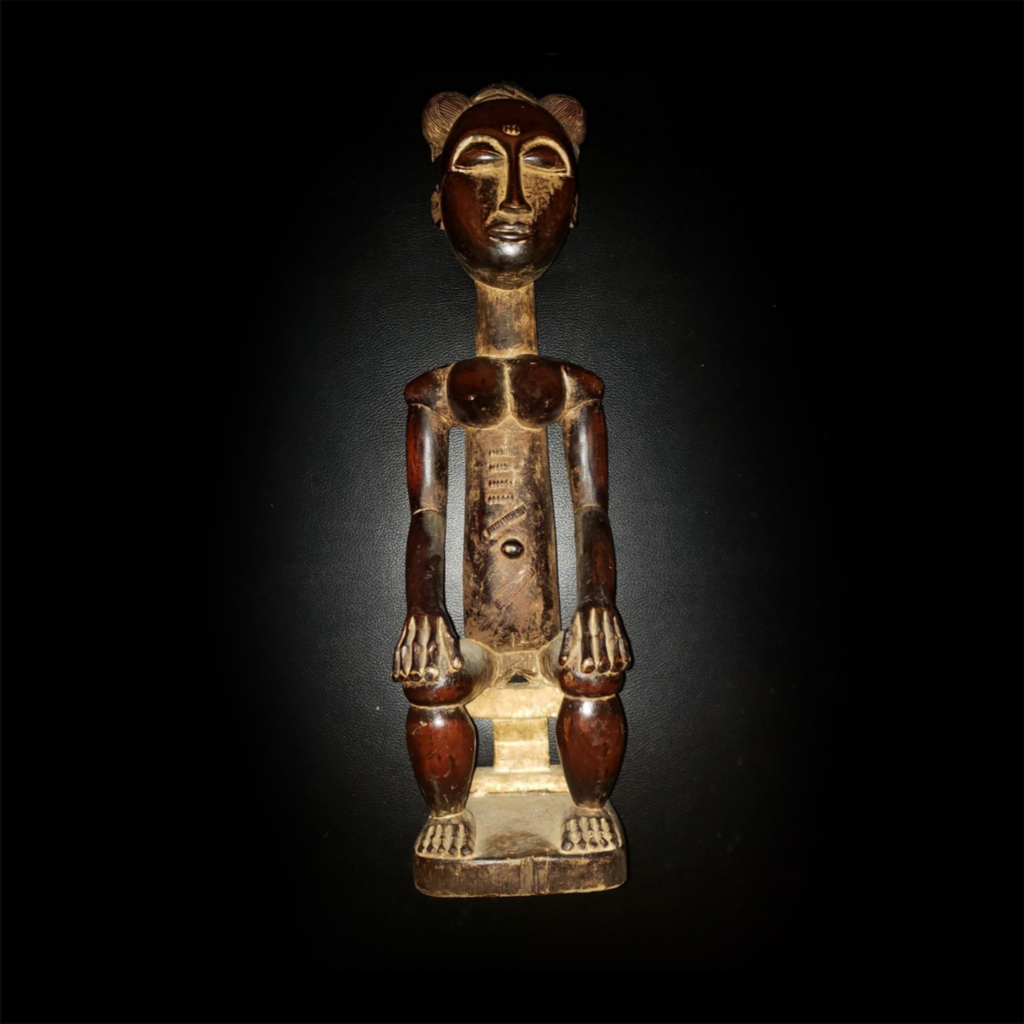
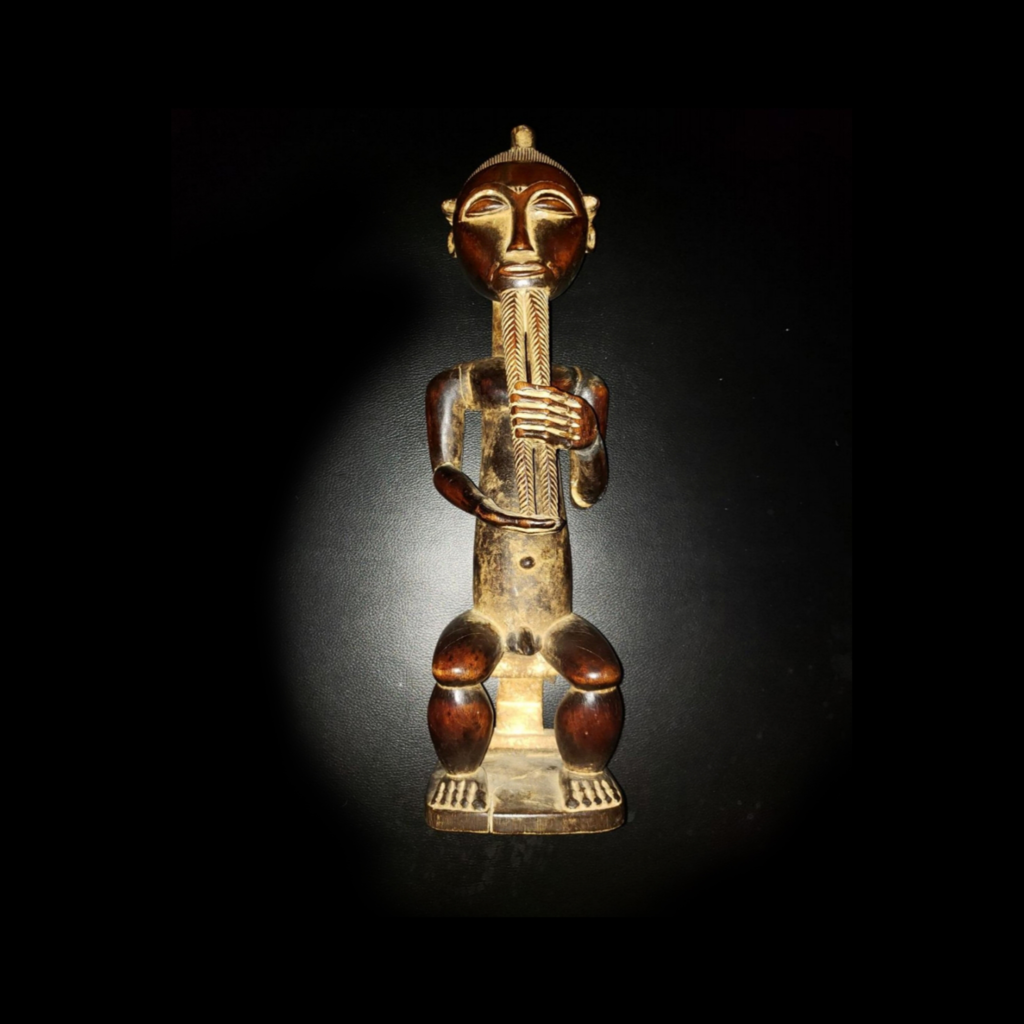
Origin: Baoulé tribe from the Ivory Coast
General Info: From the Bouake region; part of the Akan group; linked to Queen Abla Pokou.
Origin: Fang tribe from Gabon
General Info: Used in healing ceremonies; made of rubber wood; covered with white clay.
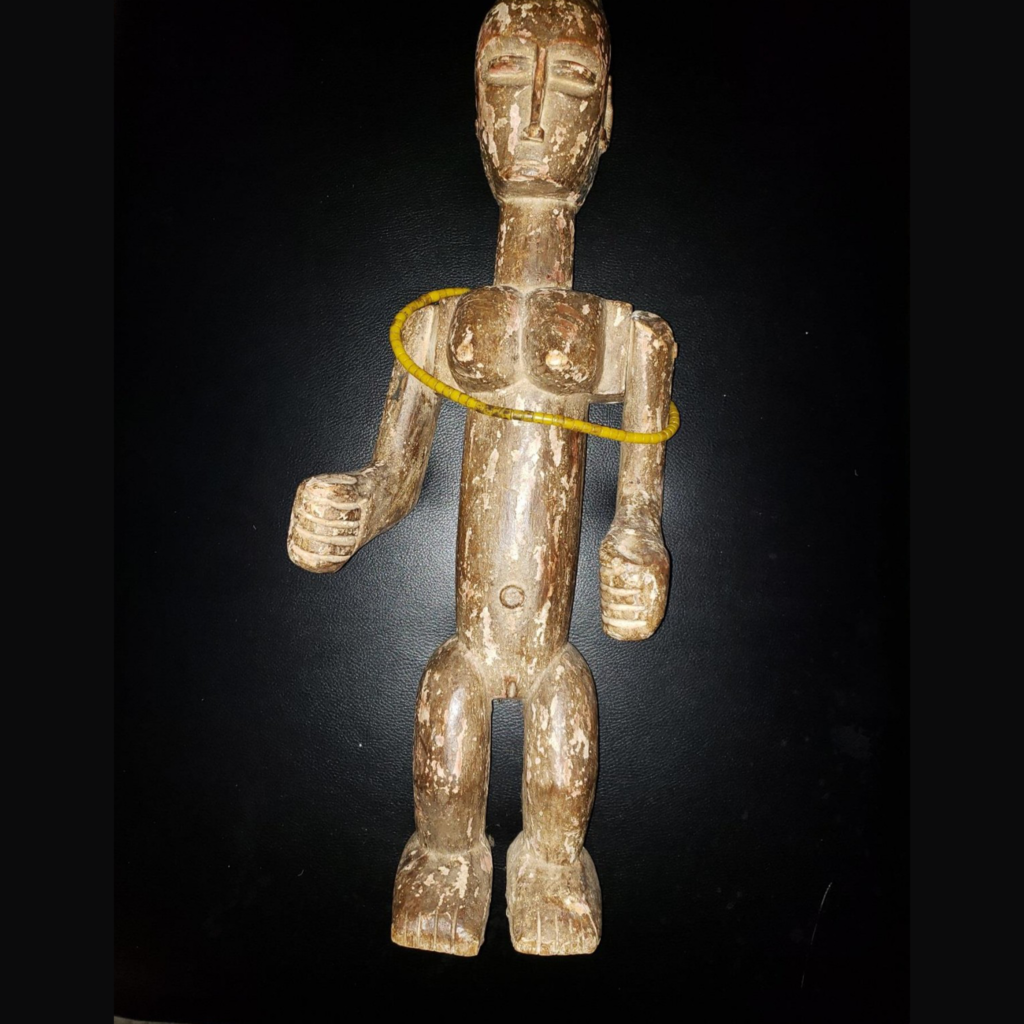
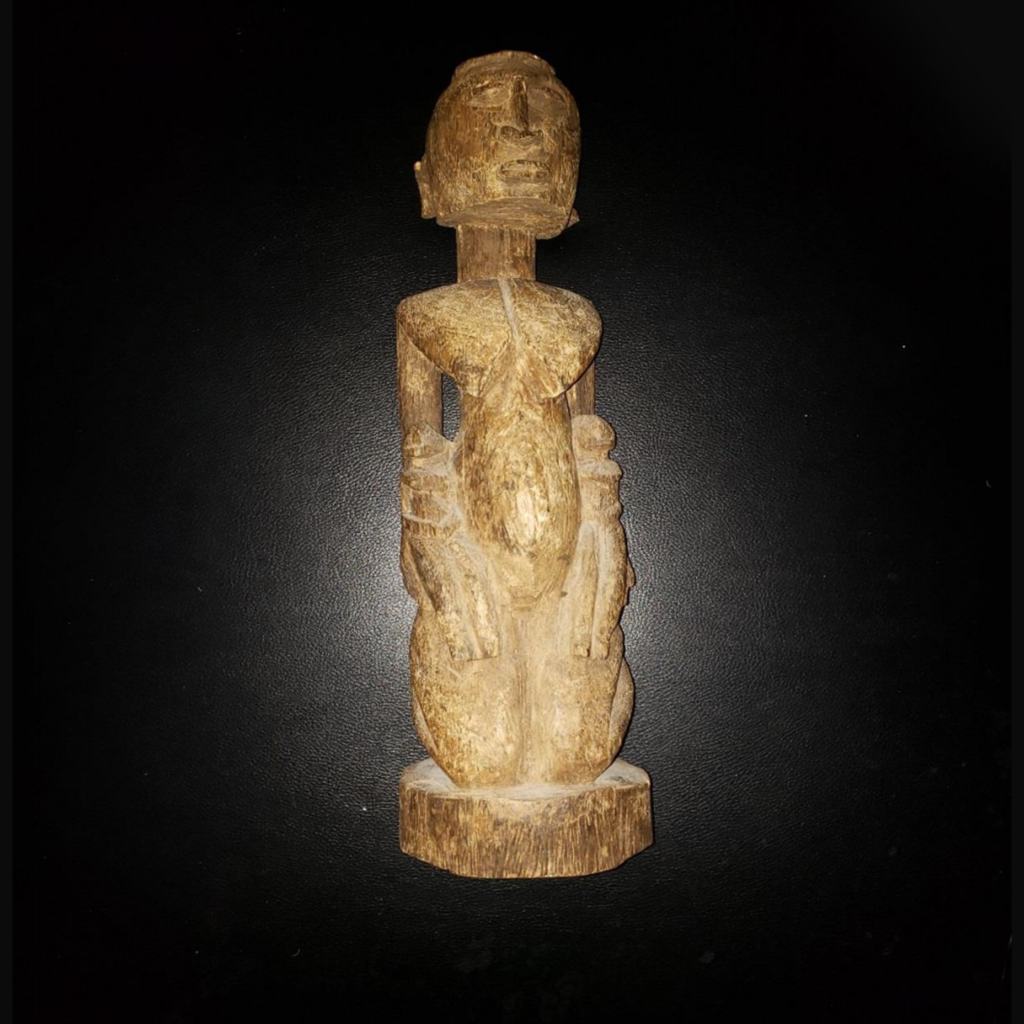
Origin: Dogon tribe from the Bandiagara Cliffs in Mali
General Info: Represents mother and child; carved out of Nere wood.
Origin: Lega tribe from the Congo
General Info: Represents ancestor apes; symbol of wisdom; made of rubber wood.
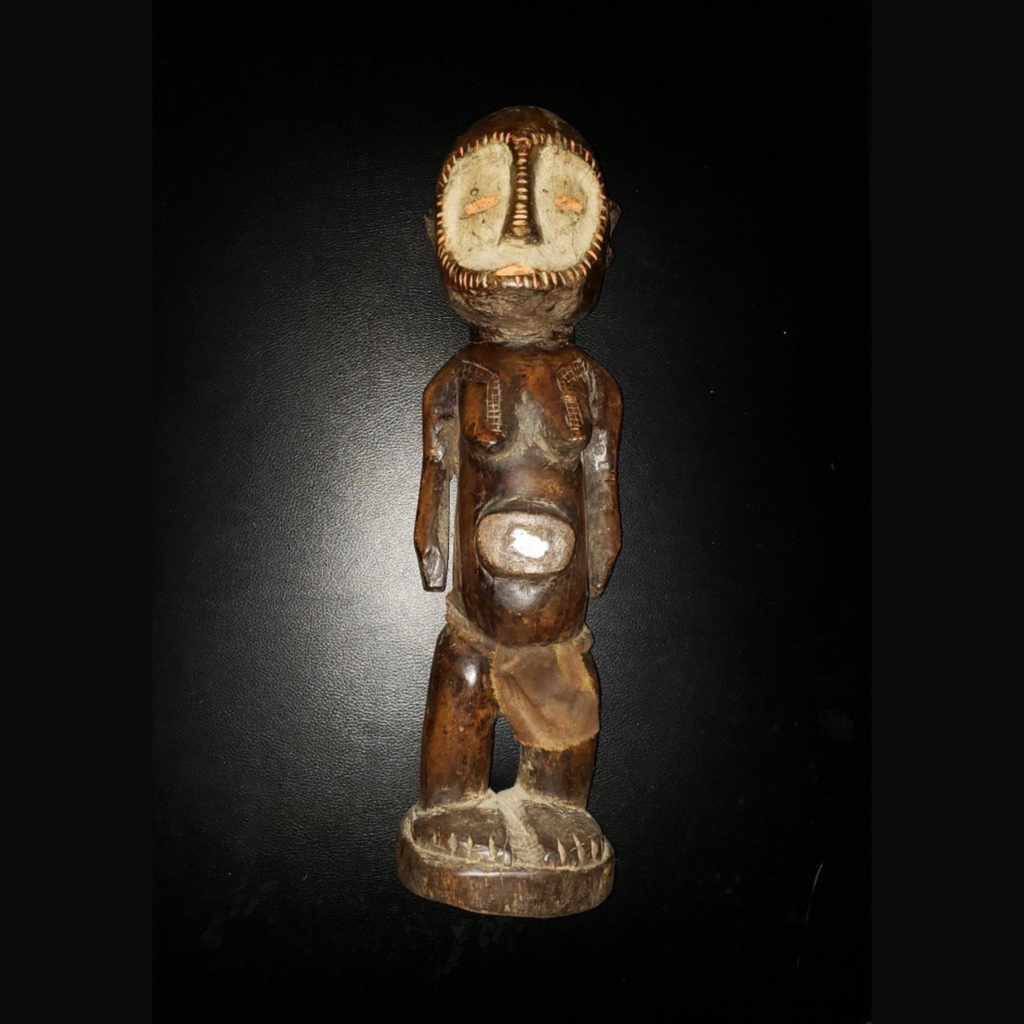

Origin: Chokwe tribe from the Congo & Angola border region
General Info: Used in initiation and harvest ceremonies; made of frake wood with woven fibers as hair.
Origin: Luba tribe from the Congo
General Info: Used in healing and initiation ceremonies; made of Samba wood; carved in the 1990s.
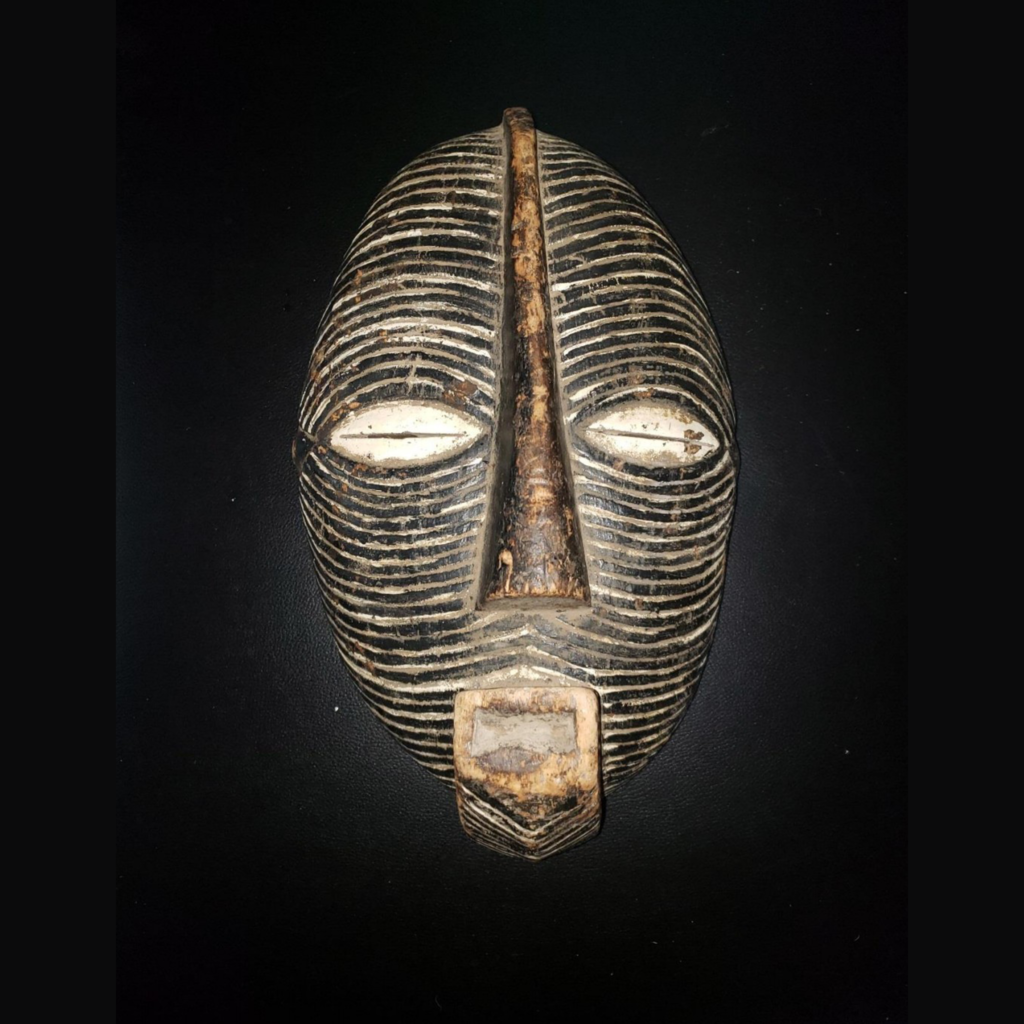

Origin: Songye tribe from the Congo
General Info: Used in initiation ceremonies; made of rubber wood; carved in the 1940s.
Origin: Dan tribe from the Ivory Coast (Man Region)
General Info: Male mask used in racing and harvest ceremonies; made of rubber wood; carved in the 1960s.
The Dan male mask is an essential part of vibrant racing and harvest ceremonies, where it is worn by men to invoke the spirit of competition and celebration. These masks, crafted with intricate details, are not only artistic masterpieces but also embody the community’s connection to their land and traditions. The ceremonies featuring these masks are lively events that blend physical prowess with cultural expression, showcasing the Dan people’s deep respect for their heritage and natural environment.


Origin: Dan tribe from the Ivory Coast (Man Region)
General Info: Used in ritual ceremonies; made of rubber wood; carved in the 1970s.
Origin: Dan tribe from the Ivory Coast (Man Region)
General Info: Sacred mask symbolizing the ram; made of rubber wood.
